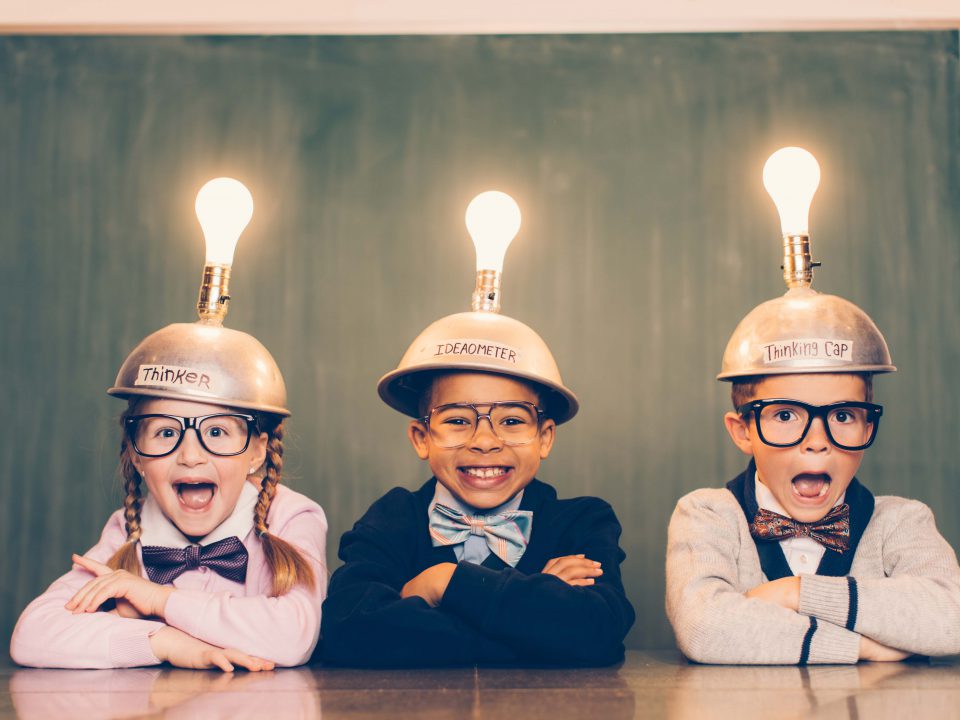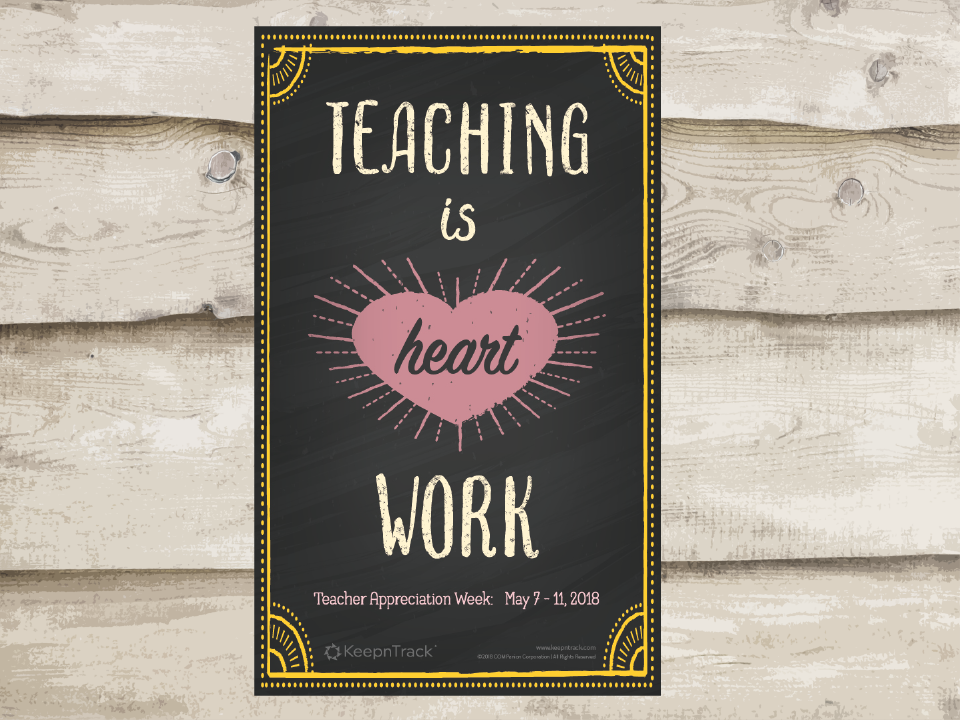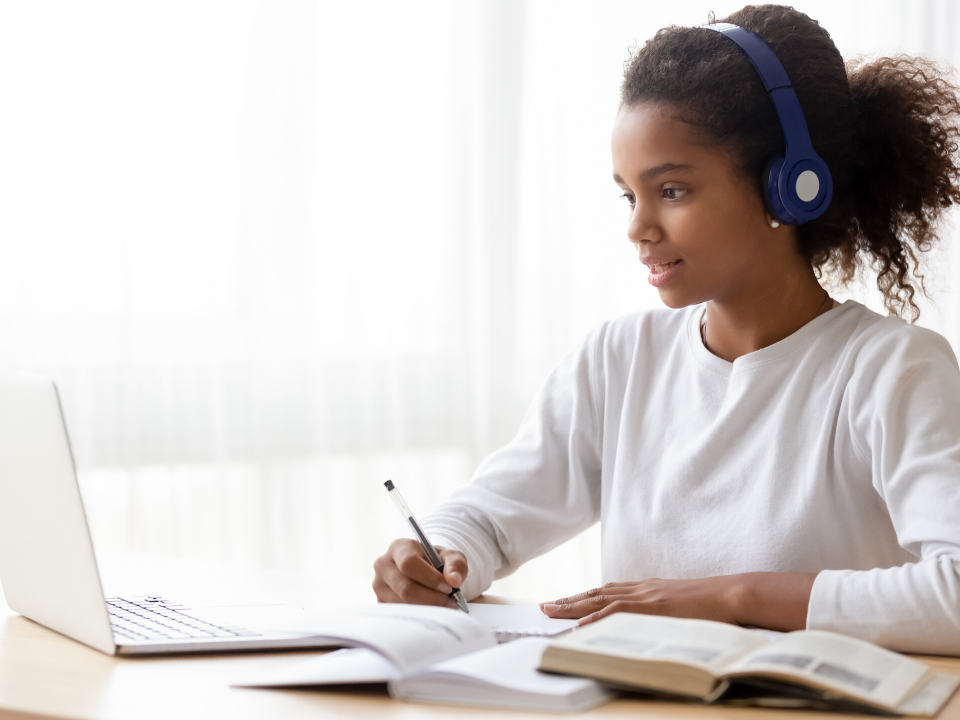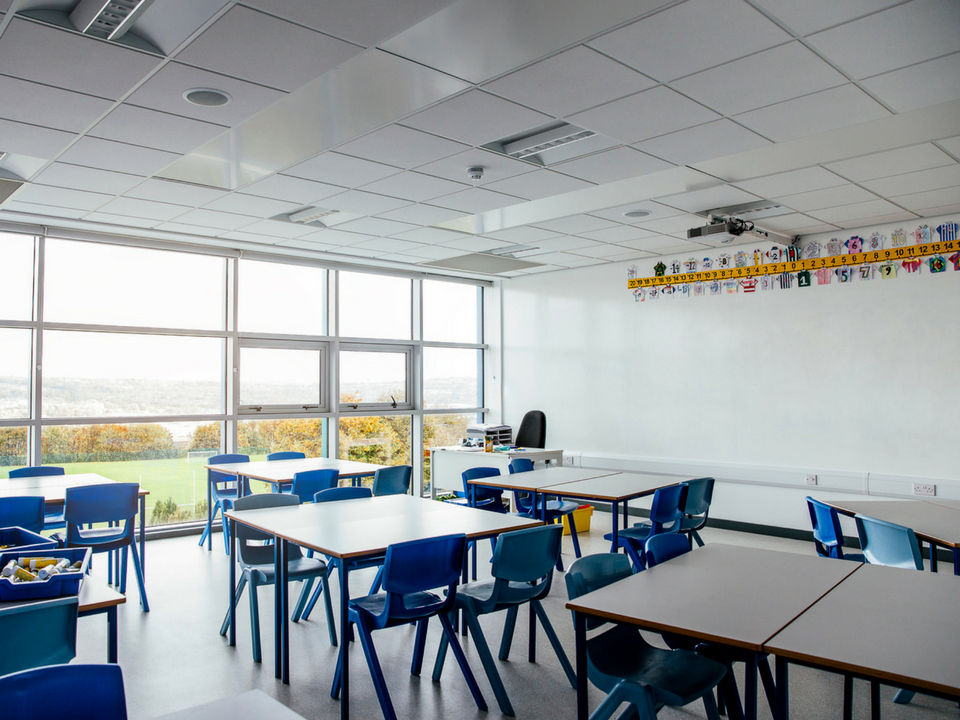
Express For the Holidays – Best Way to Check in Visitors Fast!
November 22, 2017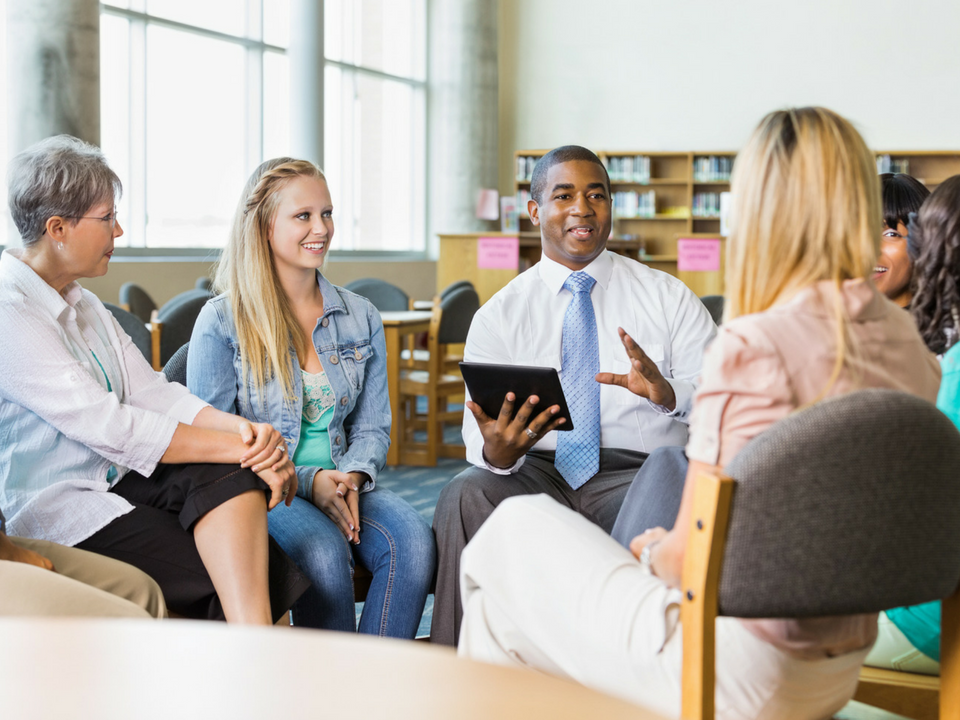
Building a Network of Educators, Parents, and Community
December 8, 2017Makerspaces are physical locations where people gather to share resources and knowledge. They create a learning environment to imagine, design, prototype, invent and solve. It offers a hands-on approach to learning by allowing students to experiment and invent as they dive deeper into learning science, technology, engineering, and math (STEM) concepts.
In recent years, makerspaces have been on the rise. However, you may be wondering: how do makerspaces impact student learning? What are the benefits associated with such spaces? And how does it contribute to student education?
3 Ways Makerspaces Impact Student Learning
Don’t let me scare you off by saying that standardized test scores may never accurately reflect the impact that makerspaces have on student education. But, makerspaces impact on student learning is reflected in a combination of critical thinking skills, developing design thinking processes, and self-directed learning.
Critical Thinking Skills
Critical thinking skills are the ability to analyze the way you think and process evidence. These skills give you the capacity to evaluate, reason, and analyze data. Critical thinking skills enhance academic performance, by allowing students to connect thought processes across multiple disciplines and understand concepts on a deeper level. Furthermore, thinking critically strengthens your decision-making abilities.
Makerspaces encourage critical thinking skills. They help students exam all facts and aspects of a problem, without relying on a teacher for instruction and guidance. Makerspaces give students the freedom to be creative, think outside of the box, and develop their ideas into reality. Makerspaces in education help students to collaborate, communicate effectively, and solve problems through design thinking.
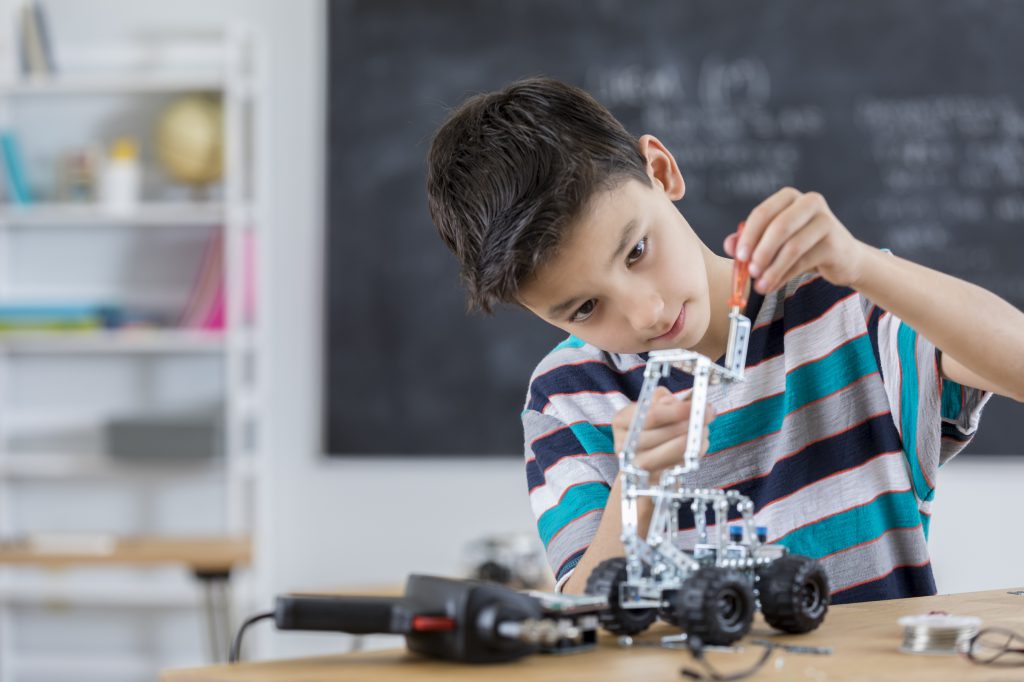
Design Thinking
Design thinking is a tool to spark innovative thinking. It helps students fire up their imaginations, and discover new things about the world around them. Design thinking process helps students solve problems and understand concepts.
Check out this article: How Design Thinking Builds the World’s Best Businesses
Makerspaces are a hub for innovation and, therefore, design thinking! In each step of the design thinking process, from empathizing a problem to testing possible solutions, makerspaces aid in the learning and discovery of solving problems. Makerspaces enable educators to offer complex problems to students who in turn become more engaged. For students, real-world problems and questions become more interesting, for they are not required to remember information, but rather inspired to solve a problem by thinking creatively and innovatively.
Self-Directed Learning
Makerspaces promote asking questions! As areas of self-directed learning, makerspaces support hands-on learning, inquiring, and discovering. Makerspaces allow individuals who learn best by doing to experiment and think creatively. Students learn and retain more concepts through inquiry-based education. It allows students to take control of their own education.
Builds Perseverance, Engages the Mind, and Facilitates Innovation
Makerspaces foster three important principles: place, community, and making things. It’s where students can develop skills like collaboration, idea creation, and prototyping. Kids get the opportunity to discover, tinker, produce, solve, fail, design, invent, and experiment. We are guiding the next generation of thinkers, creators, innovators, and entrepreneurs. Why would we want them all to think the same, produce the same results, and force them into all the same answers!
Makerspaces allow students to fail, which is a lesson in of itself. But, makerspaces most importantly foster questions and gives students the opportunity to experience how and why a concept works. Students are encouraged to come up with new and innovated ideas to solve problems and in turn, it helps them understand better and apply the concepts they have learned.

